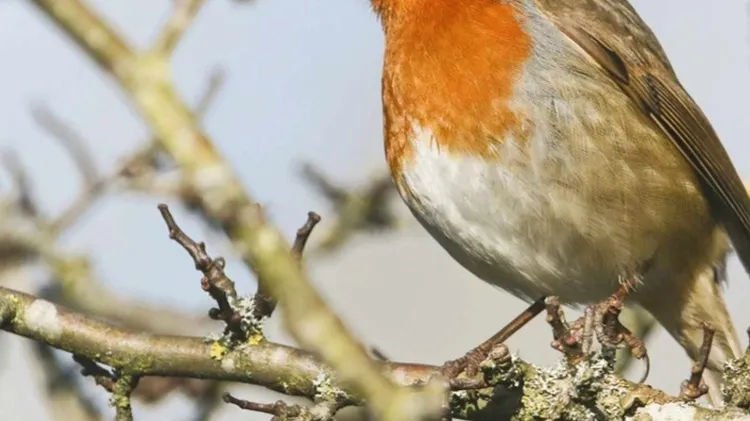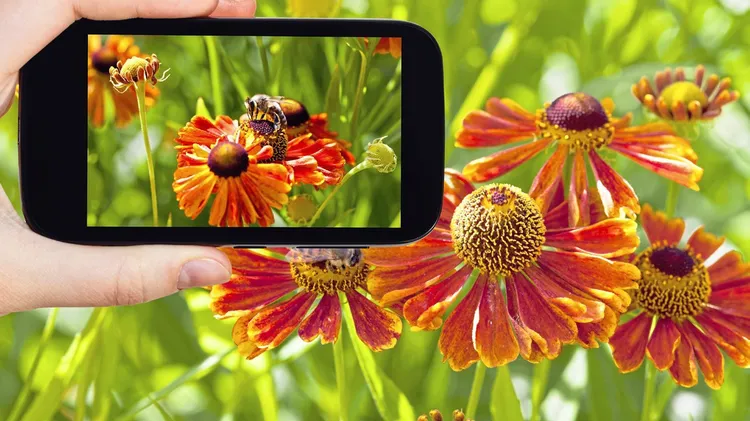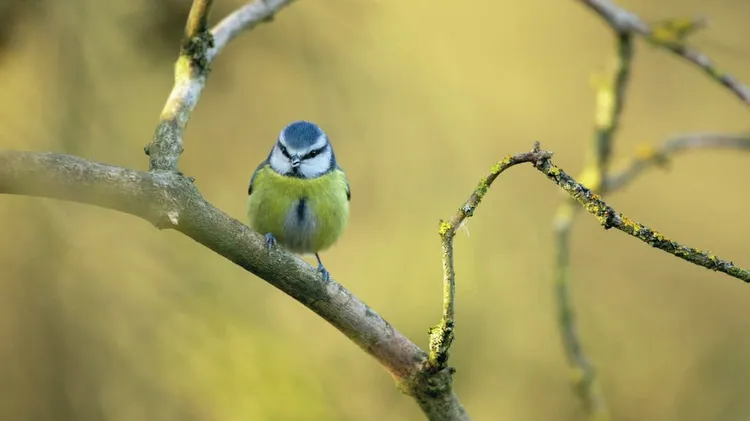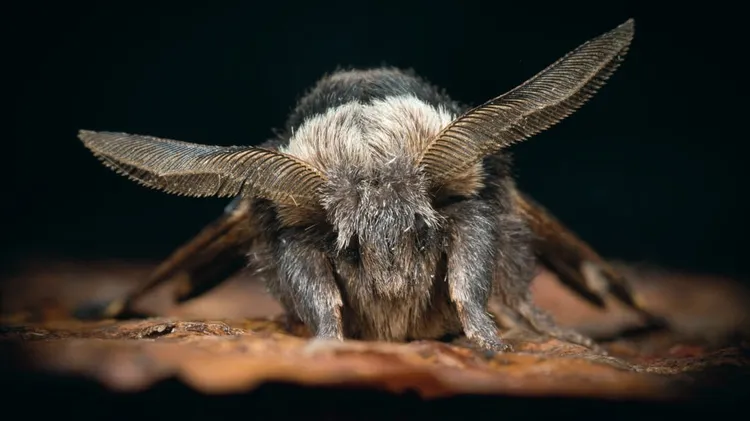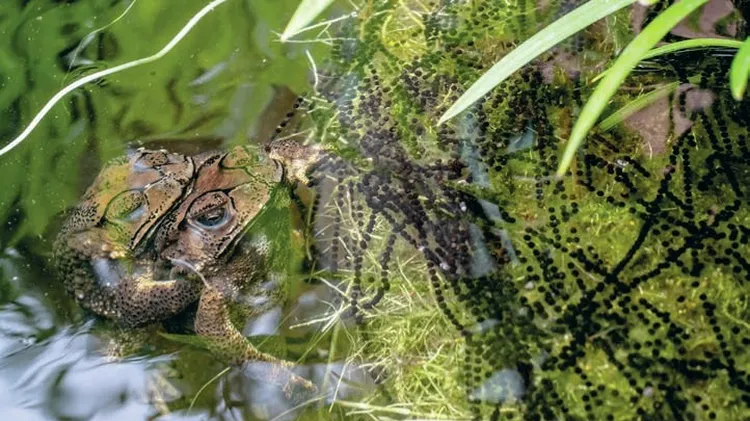There is a biodiversity loss crisis, but research into the wildlife found
Count your blessings
8 min read
This article is from...
Read this article and 8000+ more magazines and newspapers on Readly

